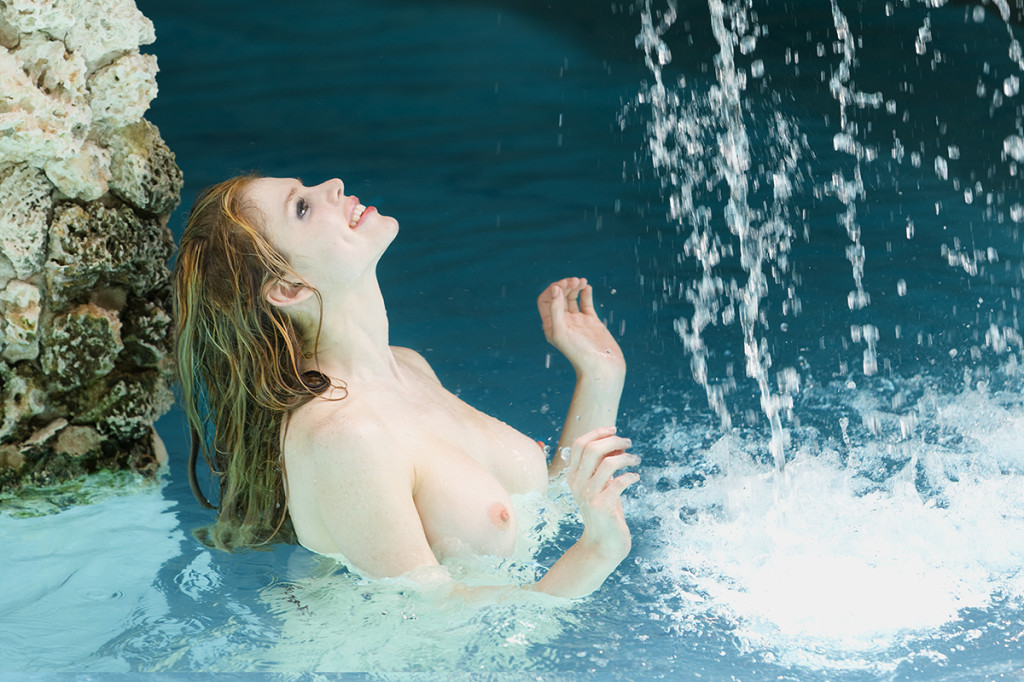
Don’t flee that high contrast, evil, mid-day light; find the perfect light in the open shade that it creates. Open shade is wonderfully soft light. It’s pretty much unidirectional. You can also have controlled contrast in it.
But remember, it’s very blue, so you will have to adjust for that. To fix that quickly, you can set your camera’s colour temperature to open shade or overcast. To fix it perfectly, use a grey card to get a white balance or use it to correct the temperature in camera raw.
With open shade, it’s a soft delicate light – the deeper you go into the shadow, the softer it gets. Usually, though, the nicest light is just inside the shadow. You can use reflectors to add some contrast with directional light. You can get a little artsy with a small mirror to reflect a sharp edge light onto the face for drama.

Be careful around trees or large plants. It creates a dappling effect where the harsh bright light sneaks in through the gaps in the leaves. If they hit your subject, you cannot save the hot spot, which is very distracting to the viewer. Even if you manage to find a nice pocket of shade, the hot spots scattered around the image will distract.
In the urban setting, you can use a building that direct light hits as a reflector to evenly fill in the subject. You will usually use a very wide-open setting, f2.8, 3.5 or 4 works well. It will give you a shallow depth of field, giving you an even softer image.
It does not need to be a very big slice of open shade. For example, at high noon you can find a sliver of shade created by the overhang of the roofs eaves. On long buildings you can shoot down the length of the building, positioning your subject for compositional impact.
You can shape the shadow a bit by bringing a dark gobo on one side; it absorbs the light and gives a shadow side to your subject.

All this without a flash. Now isn’t that handy?